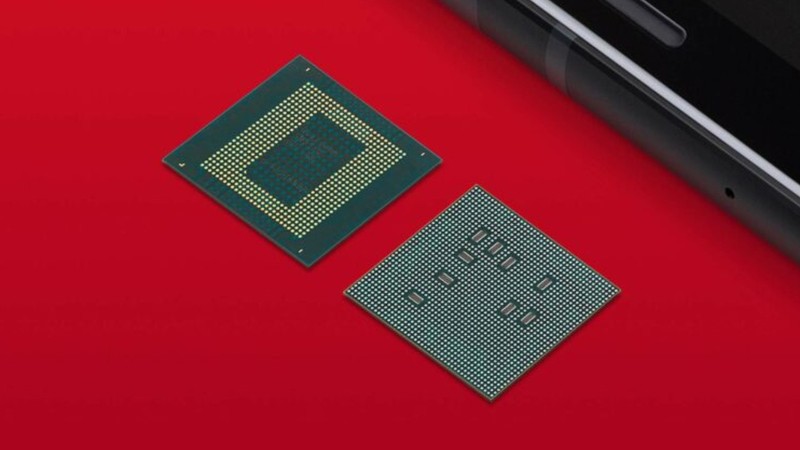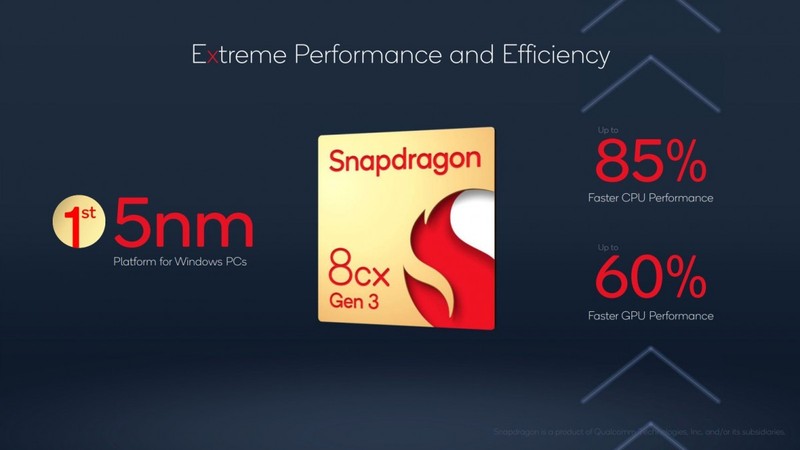Chipsets produced by Qualcomm are more expensive than Apple!
Qualcomm, one of the world's most popular mobile processor manufacturers, sets the price of its new generation chipsets at a higher rate than Apple models.

In recent years, the price tags attached to smartphones, laptops, and other technological devices have been on an upward trend. This price escalation stems from a variety of elements, including inflation, supply chain disturbances, and the increased demand for cutting-edge features. A closer examination of some flagship phones uncovers an intriguing aspect: the pursuit for more power seemingly contributes to the rising costs. Specifically, a revelation emerges that Qualcomm, the producer of the Snapdragon 8 Gen 2 processor, sets its price higher than the manufacturing cost of Apple’s A16 Bionic chip. Let's delve deeper into this.

In November 2022, Qualcomm introduced its latest flagship processor, the Snapdragon 8 Gen 2. Since its launch, this processor has made its way into several premium Android phones, earning recognition for its remarkable performance. But such high-grade performance carries a hefty cost. Reportedly, Qualcomm sells its Snapdragon 8 Gen 2 chip at $160 per unit to smartphone manufacturers, a figure that surpasses the cost of producing Apple's A16 Bionic chip, which stands at $110 per unit.

Chipsets produced by Qualcomm are more expensive than Apple!
This discrepancy means that Qualcomm is demanding an additional $50 from its smartphone partners for the Snapdragon 8 Gen 2 compared to what Apple charges its partners for the A16 Bionic. This stark difference is significant and may translate into pricier smartphones that incorporate the Snapdragon 8 Gen 2. A few theories attempt to explain Qualcomm's higher pricing for the Snapdragon 8 Gen 2.

It might be a strategy by Qualcomm to bolster their profits, or Qualcomm might regard their Snapdragon 8 Gen 2 as a superior product to the A16 Bionic, warranting a higher price point. Although a surplus of $50 may seem trivial initially, the significance becomes apparent when accounting for manufacturers' added profit margin to their expenses.
 The Honor 90 Lite 5G model shows its face once againMobile
The Honor 90 Lite 5G model shows its face once againMobile






